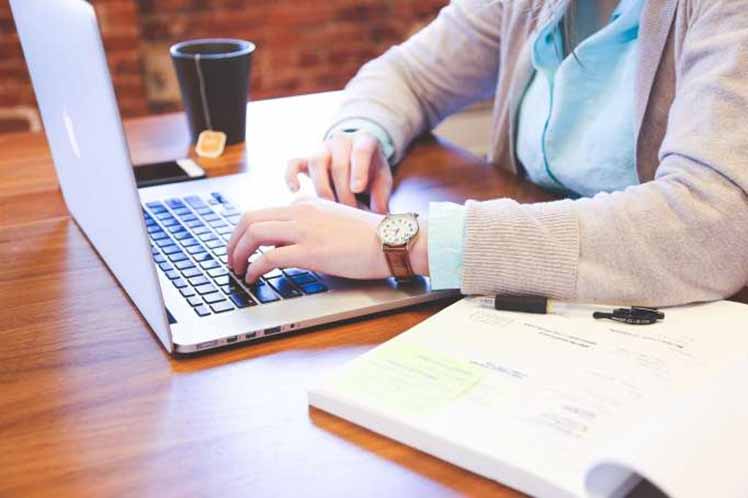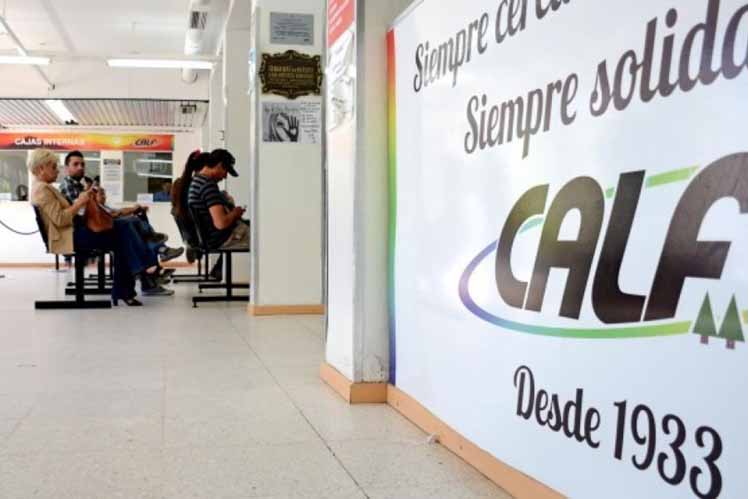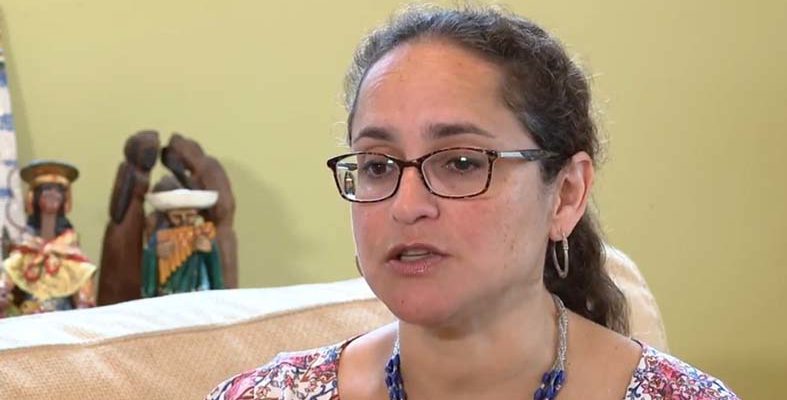This week marks the second anniversary of Hurricane Maria devastating Puerto Rico.
The University of Notre Dame committed resources to helping during the aftermath and continues to make an impact.
The University of Michigan and Notre Dame teamed up to create Listening to Puerto Rico, an online course open to the public and free of charge. The group even sent students to the island to help.
“This was a storm that was unlike any that had hit the island before,” said Tom Anderson.
“Puerto Rico has not recovered,” said Marisel Moreno.
Moreno and Anderson, both professors at the University of Notre Dame, created the Listening to Puerto Rico initiative.
“Things have not changed enough there were hundreds of schools that were closed and hundreds of thousands that have left the island,” said Moreno.
The couple traveled to Puerto Rico and recorded dozens of interviews about loss and recovery and then put together the teach out class.
“So it’s a free online learning experience that’s meant to activate and engage the public for important social, political, and cultural issues.” said Anderson.
More than 1,000 people signed up for the class.
“It’s important for people to be aware of what’s happening, the fact that Puerto Ricans are US citizens and so many people in this country don’t realize that,” said Anderson.
Recently Notre Dame funded students to volunteer over the summer with non profits groups in Puerto Rico.
“This was a great experience for Notre Dame students to connect. They came from all different fields. They came from engineering, others in peace studies a wide range of experience.”
Most of Marisel’s family are still in Puerto Rico and she lost family to the hurricane. So she says this project is very personal for her.
“The island people need help. Puerto Ricans need to have a voice and I think at this point, it’s about trying to create awareness among the general public.”
Listen, Learn and Act. That’s the hope with this Listening to Puerto Rico project which can still be found online. For more information, click here.
Students even did surveys and brought back water samples. The goal is to test the quality of the water at Notre Dame and then send back the results to better help the area.



